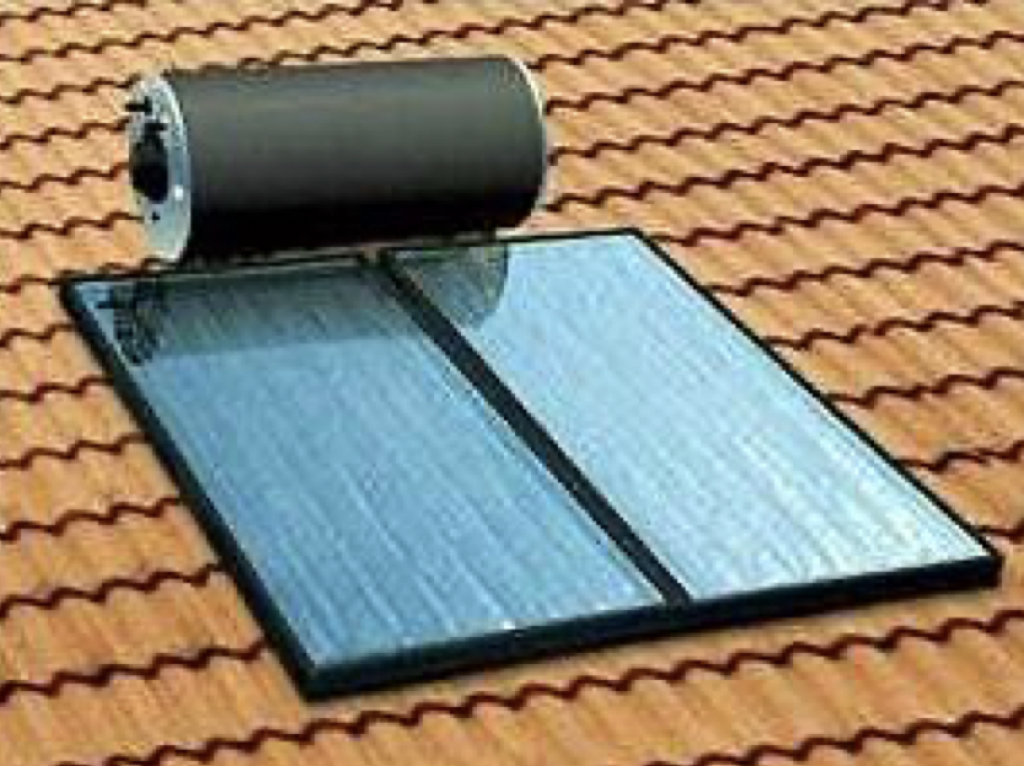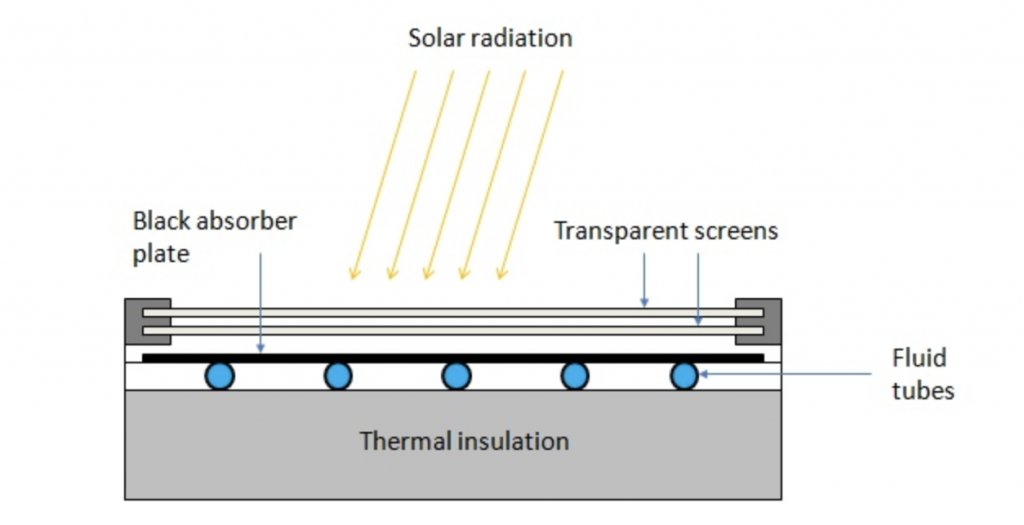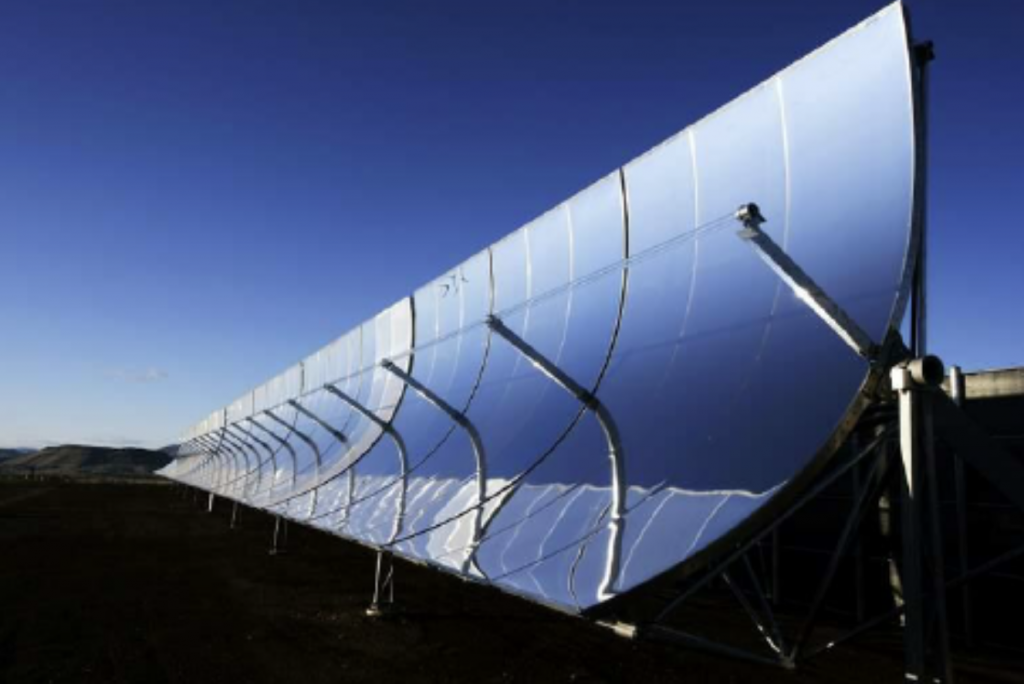You may be familiar with the concept of solar energy, mainly through hearing about solar panels, but how much do you know about solar thermal?
Roughly half of the sun’s energy hits the Earth’s surface in the form of heat, something that we humans need desperately.
Then why aren’t we directly harnessing the sun’s heat energy?
Thankfully we are, through the use of solar thermal technology. Specifically thermal panels. This technology may not be as well known and used as solar photovoltaic panels, but it is much more efficient (up to 90%)
Why is this the case, and what does it entail? Read on to find out more!
Table of Contents
What are Solar Thermal Panels?
Solar thermal technology (in the form of panels) captures heat from the sun. You can use this energy to heat your swimming pool and/or home and produce electricity. You can also use it to produce heat for various industrial processes.
It gets even better, though; you can use thermal panels in conjunction with already existing heating systems — this helps increase the overall efficiency of your heating system in a more environmentally-friendly manner.

Installed on Rooftop
Source: Solar Thermal World
Objects hit by solar radiation both reflect and absorb it — an object’s material and color influence reflection and absorption rates.
Thermal panel systems rely upon the above principle; they absorb high amounts of infrared radiation as a heat source.
What Are Solar Thermal Panels Made Out Of?
Different thermal panels exist; each differs in its construction and constituents. These include:
- Flate Plate
- Evacuated Tube Collectors
- Parabolic Trough
- Photovoltaic Hybrid Collectors
Flat Plate Panel
A flat plate panel consists of a blackened back surface, usually made of copper or aluminum. Sometimes the back surface is made from a cheaper material, like polymer. Attached to it are copper pipes.
This system sits inside a box and can be covered by transparent screens.
Behind the back surface and pipes is a layer of thermal insulation.

Flat Plate Thermal Solar Panel
Source: Penn State
Evacuated Tube Collectors
There are two types of evacuated tube collectors: direct flow and heat pipe.
Direct Flow
This consists of an array of evacuated glass tubes; these are tubes with no air inside.
A metallic heat transfer plate and black-colored copper pipe sit within the evacuated tubes. Behind the tubes are reflective mirrors.
Copper header pipes sit above and/or below the tubes.
Heat Pipe
This version is similar to the above. However, the copper pipe contains a phase-changing fluid, such as alcohol.
Parabolic Trough
The parabolic trough consists of large concave mirrors made from reflective steel or aluminum and glass. The mirrors sit on a steel structure.
A central collecting aperture consists of a steel pipe contained in an evacuated anti-reflective glass tube.
The working fluid in the absorption area is often molten salt or oil rather than water.

Source: Research Gate
Photovoltaic Hybrid Collectors
Conventional silicon solar panels sit beneath the anti-reflective glass. Below this is a heat exchanger made from metal or a polymer and, finally, a layer of thermal insulation.
How Do Solar Thermal Panels Work?
Let’s take a closer look at each one of the above variations and how they operate.
Flat Plate Panel
The blackened back surface and pipes absorb as much heat radiation as possible, transferring it to water within the pipes. The water is pumped around these pipes to and from a heat storage facility.
The heat storage is usually an indirect water cylinder. You can then use this heat for space and water heating.
The water in the pipes is often mixed with glycol; this acts as an anti-freeze, helping operation during the colder months!
The insulation and the transparent screens reduce heat losses from the solar panel.
Working Temperature: 104°F (40°C) – 140°F (60°C)
Evacuated Tube Collectors
Direct Flow
The copper pipe and fin capture the radiant heat, heating the water inside while the mirrors reflect radiation.
Again the water will contain glycol, which acts as an anti-freeze.
This water circulates to header pipes. In most cases, the header pipe is above, and the tube is in a U-shape (see the image).
From here, the water is circulated to a heat storage unit.

Direct Flow Solar Thermal
Source: Hong Kong Electrical & Mechanical
Heat Pipe
The phase-changing material allows for more energy absorption than happens with water.
When the sun heats the fluid, it evaporates, rises to the top of the pipe, condenses, and releases its heat into the header pipe.
Water circulates through the header pipe, which transfers heat into a storage unit.
Working Temperature: 176°F (80°C) – 338°F (170°C)
Parabolic Trough
A parabolic trough isn’t a solar thermal panel, but it’s still a thermal technology!
The concave-shaped mirrors reflect the solar radiation onto a concentrated area. This area then absorbs the radiation, resulting in high temperatures.
A parabolic system is frequently used on a large scale in electricity production where it’s necessary to create steam!
Working temperature: >563°F (295°C)
Photovoltaic Hybrid Collectors
In short, this is a photovoltaic panel with built-in pipes, meaning it captures both the light and heat radiation from the incident solar rays.
This system has two benefits: the pipes capture the heat energy that the PV panels wouldn’t, and it cools the PV panels making them more efficient at electricity production.
Pros And Cons Of Solar Thermal Panels
| Pros | Cons |
|---|---|
| Green alternative to other heat sources | Only provides heat, not electricity (unless hybrid) |
| More energy per Sq/Ft in comparison to solar PV | Difficult to find effective and reliable installers |
| Little maintenance required | Issues with stagnation and leaks |
How Long Do Solar Thermal Panels Last?
A thermal panel’s lifespan depends on whether it’s part of a system or on its own. Generally, though, if you install and maintain your panels properly, they can last up to 20 years or more!
Individually, thermal panels have no moving parts. As such, they need little maintenance.
Standalone Issues
However, problems can occur, including:
- The working fluid can freeze. If the ratio of water to glycol is incorrect (50/50 as a rule of thumb), then the working fluid may freeze in winter conditions. Should you need to change the fluid, make sure, you do so according to the manufacturer’s guide.
- There are leakages in the pipe work due to faulty installations. You can avoid this by installing panels according to the instructions and/or by using reliable installers.
- Stagnation can occur. This occurs if the working fluid (glycol) is not circulating; it can boil due to the high temperatures. Therefore, the system becomes unusable.
Final Thoughts
We questioned at the beginning why solar PV was more popular than solar thermal. By comparing the pros and cons, you’ll notice two cons stand out: it’s challenging to find reliable installers, and there are stagnation-related issues.
We’d argue that these two issues (which don’t occur with solar PV) make thermal a less common choice for consumers. But, with developments in technology and quality installers, this may change.

